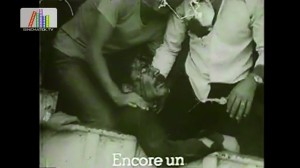
“Bu filmi ile Ümraniye 1 Mayıs mahallesindeki yoksul halkın barınma hakkı mücadelesi 1970’li yılların 2. yarısının atmosferinde veren bir film yapmış […]. 1977 senesinin 2 eylül günü 1 Mayıs Mahallesi’ne gecekondu yıkımı için gelen polisler ile mahalle halkı arasında çıkan ve 12 mahallelinin ölüp onlarcasının yaralandığı çatışmalar sırasında çeşitli sosyalist yapılar etrafında örgütlenmiş mahalle sakinlerinin gösterdiği direniş Türkiye’deki sosyalist mücadele tarihi içerisinde çok önemli bir yere sahiptir [...].” Sinematek.tv: http://sinematek.tv/2-gun-2-eylul-direnisi-1978/ (13 November 2019).
“The conflict between the District May 1 organized in various socialist collectives and the police that came to the district to demolish the shantytown, which resulted in 12 people living in the district killed on 2 September 1977 has an important place in the history of the socialist movement in Turkey [...]. [İshak Işıtan’s] film is about the poor people of Ürmaniye/District May 1’s a struggle for the housing right reflecting the atmosphere of the second half of the 1970s [...]. Sinematek.tv: http://sinematek.tv/2-gun-2-eylul-direnisi-1978/ (13 November 2019).
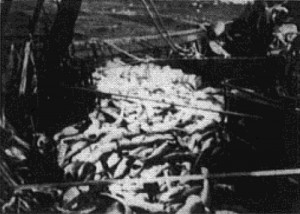
"Almost every day of the year some 10 trawlers set out from the twin ports of Grimby and Hull, England, for the Arctic fishing grounds to return three weeks later with their cargo of deep sea fish. This film is a record of one such voyage with sound effects recorded on location. This will generate a nostalgic effervescence for those lovers of deep sea fishing and all will wish to join in the adventure without having to share in the work and inconvenience. The film moves with interest and excitement, a treat for all" PSA Journal, Oct. 1961, 47.
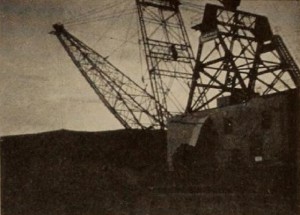
"Alan Probert's Alaskan Gold is an extremely competent, step by step analysis of the placer mining of gold, from the early days of the Gold Rush to today's massive and highly integrated industrial systems. Mr. Probert shows an enormous amount of technical detail, but his explanations help the layman avoid most of the boredom frequently encountered in such treatments." Movie Makers, Dec. 1949, 468.
"A process film with interititles about the spring capture of alewives, an andromadous fish." oldfilm.org
"Documentario Industriale"/Industrial Documentary
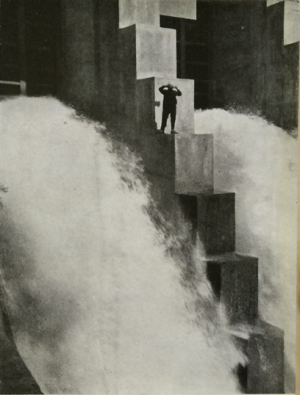
"A soggetto"/ Fiction
Alta tensione,
"Alta tensione, regla e trama di Arrigo Colombo, scenario di Arnaldo Baldaccini, fotografia di Bruno Salvadori, interpreti Arnaldo Baldaccini e Aldo Frosi. La pellicola si svolge in una centrale elettrica, ma pur presentando a sfondo della vicenda il funzionamento della centrale stessa, mostra il lavoro nelle sue fasi piu salienti in rapporto e in contrasto con un dramma umano, sottolineando i pericoli e i sacrifici ehe richiede la produzione della Corrente elettrica. In molte sequenze si deve notare lo sforzo dei realizzatori per raggiungere il fine, in qualche caso particolarmente arduo, come nelle scene notturne del salvataggio sulle dighe. Delicate le scene del risveglio del protagonista, con la rappresentazione della serenita della natura al mattino, e assai adeguata nel complesso la interpretazione." - Il Ventuno 26 (Review of the G.U.F. of Venice) March 1935.
High tension,
"High Tension, direction and plot by Arrigo Colombo, scenery by Arnaldo Baldaccini, photography by Bruno Salvadori, actors Arnaldo Baldaccini and Aldo Frosi. The film takes place in a power plant, but while presenting the story of the plant’s operation as the background, it shows the work in its most salient phases in relation to and in contrast with a human drama, underscoring the dangers and sacrifices that the production of electricity requires. In many sequences, one must note the effort of the filmmakers to achieve these ends, in some cases particularly arduous, as in the night scenes of the rescue on the dams. The scenes of the protagonist’s awakening are delicate with the representation nature’s serenity in the morning, and the acting is very fitting." - Il Ventuno 26 (Review of the G.U.F. of Venice) March 1935.
A documentary film of sand and its use in two of the most important elements that constantly surround the life of man: glass and concrete.
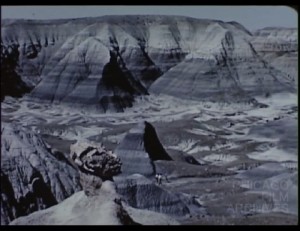
"A two-part lecture travelogue film on the state of Arizona. The film would have been originally presented with live narration by the filmmaker, Robert Davis. Part one includes footage of desert landscapes, ranches, pre-historic artifacts, Native American art production & industry (wigs, textiles, etc), saloons, regional industry (logging, agricultural, and dams). Part two also includes footage of desert landscapes, cacti and dams as well as scenes from Phoenix and the surrounding area. Highlights from part two include a tour of a trailer park and footage of people skiing and sledding down a snowy hill." Chicago Film Archives.
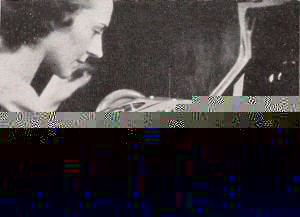
"Morton Read's industrial picture, The Art of Universal Winding, serves a special purpose very convincingly. His client had difficulty in attracting girls to his factory, because the work of wire winding had, in the past, not gained social acceptance in many New England communities. Mr. Read's task was to show that wire winding is an important wartime occupation, that it is interesting, safe and pleasant and that women of superior types are to be found in it. The chief performer in the film is a fine looking woman of dignity and evident character who illustrates the work which must be learned by new employees. The movie is not only educational, as a true training film should be, but it adds its special message naturally and effectively." Movie Makers, Dec. 1943, 474.
"documentario scientifico"/scientific documentary
Total Pages: 8